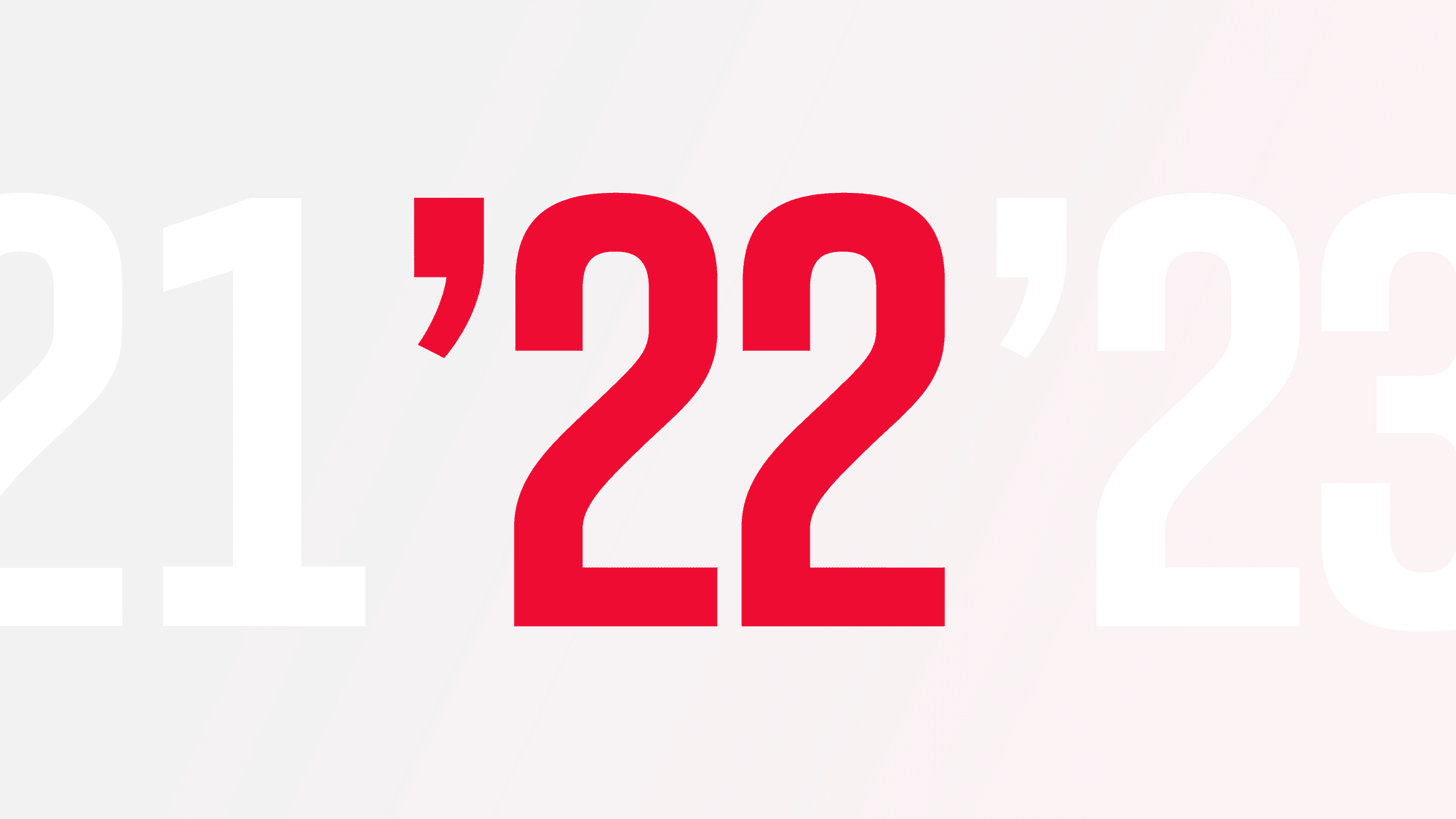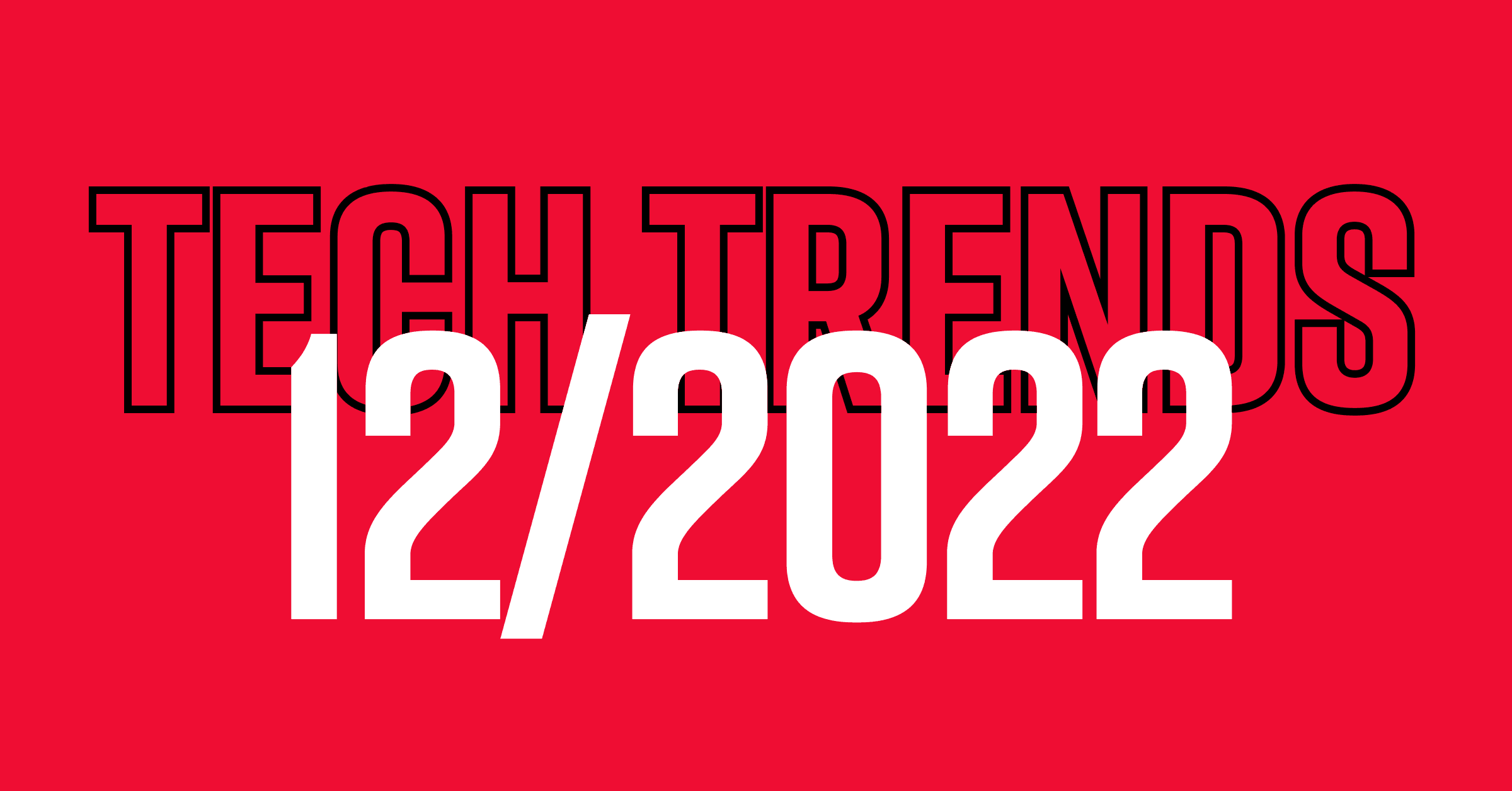Thing is, we’re in the midst of a quieter but much more significant chatbot boom. The all-knowing chatbots we once thought to be the future have been replaced by specialized bots, and the results are outstanding.
Of course, as chatbots’ duties grow more sophisticated, so does their very definition.
A chatbot used to conduct basic text conversations to imitate human interaction. Today’s chatbot is capable of far more. It is now a multipurpose piece of AI-powered software that enables a machine to not just react, but to comprehend.
Thanks to utilizing NLP (Natural Language Processing) — the automatic manipulation of natural language — most modern chatbots can map user input and intent, classifying the message and preparing a fitting, human response. That opens up tons of possibilities.
The global chatbot market is expected to hit $10.5 billion by 2026. The NLP industry? $26.4 billion by 2024. And success stories across industries are no longer predictions; they’re a reality.
Emirates Vacations’ chatbot has boosted engagement rates by 87%. The JPMorgan chatbot saves the company 360,000 hours annually. LEGO’s chatbot has reached 2.96 million users. The list goes on.
To understand where we are now, it’s important to go over lessons learned, what has improved, which industries are profiting and what’s next.
Why Did the First Chatbot Revolution Fail?
In 2016, Microsoft began referring to chatbots as an indispensable piece of technology, Facebook was hyping its Messenger bot platform and thousands of businesses began commissioning their own chatbots. But the results were mediocre at best.
Chatbots were meant to simplify things and save time — but often ended up doing the opposite. They couldn’t understand enough human language or process enough data to do what companies had promised. Boundless user complaints often led companies to employ human handlers, who worked behind the scenes to ensure that the bots were effective.
For instance, Facebook’s bot was shut down after it was revealed that 70% of its responses came from people. On its own, it couldn’t handle complex requests.
And yes, there were some success stories in cases where companies didn’t promise too much too soon. But the overzealous goal of replacing human agents ended in disappointment.
We used to think that chatbots could utilize infinite knowledge to help with anything and everything. Now, we know that’s not actually the case. The opportunity lies in specialized bots solving business- and case-specific problems.
How AI/ML Improved Chatbot Technology
There are currently two types of chatbots that the majority of industries use: rule-based chatbots and chatbots that utilize AI/ML (Machine Learning).
The first type remains straightforward: The bot is programmed to respond to explicit commands. Apart from those, it’s lost. The second is using the aforementioned NLP (Natural Language Processing) and ML algorithms.
AI, ML and NLP technology overcomes the limits of rule-based programming. The main goal is to solve a particular problem or to lead a conversation without the skills we view as crucial to the process — a.k.a. the human aspect.
In other words, today’s technology helps the bot to not only learn from users but actually understand them. The result is customers speaking to chatbots as they would to a human.
But to be clear, it’s not all wins. In early 2021, Scatter Lab’s AI-driven chatbot Lee Luda logged 70 million chats on Facebook. She was a bot capable of playful small talk, with language patterns based on about 100 billion KakaoTalk messages. It was a great achievement — until the bot veered into hate speech about minorities.
As developers explained that Lee Luda required more time to learn, this case reminded us just how much a chatbot’s reliability depends on its NLP capabilities and the data on which it is trained.
Developing a Chatbot Can Be Done in Two Ways
Companies can either use an existing platform to create a chatbot, or they can build a bot from scratch.
Using a platform — like Slack or Facebook Messenger — is easier but more limiting because you cannot use the bot on any other platform. That’s why many businesses have turned to the second option: using chatbot development tools to create their own bots, which they can use anywhere.
Building a stand-alone bot can be done using tools and frameworks, like IBM’s Watson, wit.ai, textit.in and others. Of course, this isn’t easy. So if you decide to go for it, make sure you’re solving the right problem with the appropriate approach.
From years in the field, the STRV Data Science department has learned the importance of avoiding misplaced motivations. Before deciding on which chatbot works for your business, there are multiple steps that every business needs to take; otherwise, you risk losing time, resources and customers you’ll never get back.
Define the exact problem you’re trying to solve to establish the chatbot’s target specialty. Just because an ML-driven bot is possible doesn’t mean it’s a necessity for your business. Then, outline precise requirements and expectations down to the last details. Finally, don’t underestimate the importance of interactive improvements and implement in a way that makes sense for your users’ evolving needs.
You cannot do this without an expert in the field. Just like any other data science-driven solution, it’s not just the technology that matters. It’s whether or not you know what to do with it, and why.
Almost Every Industry Is Already on Board
Used as a targeted tool, chatbots can increase engagement by up to 90% and sales by 67%. In 2020, 57% of businesses said conversational bots deliver substantial ROI for minimal effort. Such incomparable numbers are why bots have immense benefits for industries such as fintech, healthcare, retail/ecommerce, education and travel.
Below are some examples of successful chatbots and their impact within these industries.
Fintech
The global AI in the Fintech market was estimated at $7.91 billion in 2020 and is expected to reach $26.67 billion by 2026.
Bank of America’s Erica is a virtual financial assistant with a user base of 19.5 million clients and 250 million answered questions. After a 95% increase in Erica’s popularity, BoA’s digital engagement in the third quarter of 2020 hit 2.3 billion logins — 45% more than 2019.
Cleo is an AI-powered fintech chatbot for personal finance coaching that feels fun with its clever comments, targeting millennials and digital users. It hit 10,000 daily US users within its first week on the US market.
Healthcare
The market value of healthcare chatbots is expected to reach $624.4 million by 2027. VCs have invested more than $800 million in at least 14 known startups that offer a chatbot.
Babylon Health is an online medical consultation and health service with a $4.2 billion valuation. It covers over 20 million people globally and provides 5,000 consultations per day.
Woebot has raised $90 million thanks to being one of the few apps that use AI in the multibillion-dollar mental health industry. Research has shown that its therapeutic chatbot is able to build a genuine rapport with its 36,000 users within just three to five days.
Retail/Ecommerce
By 2023, over 70% of chatbot conversations are expected to be with retail conversational AI systems. Currently, about 54% of consumers have daily AI-enabled interactions.
Sephora was one of the first retailers to adopt a chatbot solution, and now has several bots to complement its in-store services. One of its chatbots receives 10 messages per user per day.
LEGO’s Ralph chatbot has driven 25% of social media sales, reached 2.96 million users, had 1.2 million engagements and 50,000 conversations, and decreased the CPO by 65%.
Education
In 2021, 94% of recent graduates that had chatbots at their institution found them to be valuable, with 57% saying they’d provide personal information in exchange for such support.
Ivy.ai is a self-service, AI-powered chatbot for universities. It speaks 105 languages, covers over 20,000 topics and ranks #168 on the 2021 Inc. 5000, with a three-year revenue growth of 2,511%.
California State University, Northridge expanded the use of its Ask Matty chatbot during the pandemic. The result was engagement with a return rate of more than 30%.
Travel
87% of users would interact with a travel chatbot if it could save them time and money — and research suggests that chatbots will drive cost savings of over $8 billion per year by 2022.
Amtrak’s chatbot generates 30% more revenue per booking, 8X ROI and answers over 5 million questions a year.
Emirates Vacations’ chatbot has increased engagement rates to 87%, with the average CTR (clickthrough rate) remaining at an all-time low of 0.35% for display rates.
In a Decade, Today’s Struggles Will Be Obsolete
The past two years of remote interactions have accelerated the adoption of chatbots. 81% of industry leaders say the pandemic changed their technological needs, and the majority of consumers now prefer chatbots over other customer service channels.
In the near future, 75% to 90% of queries will be handled by bots. Businesses will begin allowing users to pay directly over live chat or Facebook Messenger apps. The usage of websites will decrease because chatbots will take care of the exhaustive browsing process. And interactions with AI will be indistinguishable from a conversation between two people.
How quickly we move towards that future is in the hands of those leading today’s chatbot revolution. The question businesses should now be asking isn’t if they’ll jump on the bandwagon, but when.





